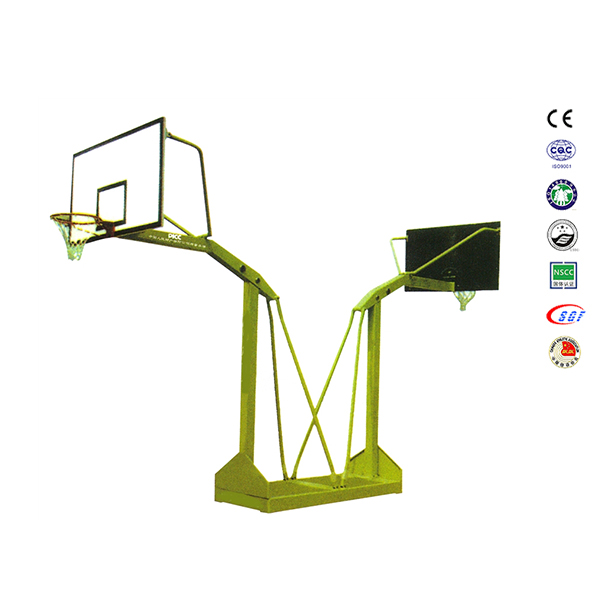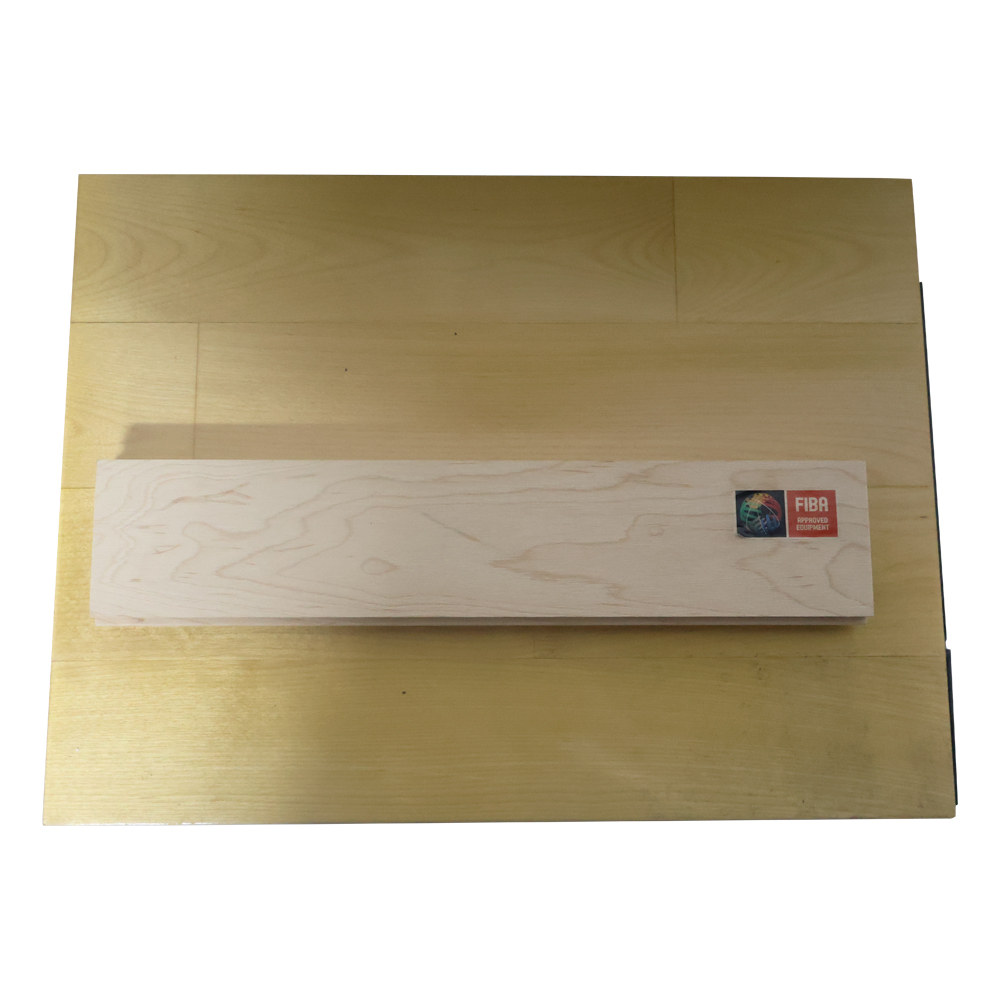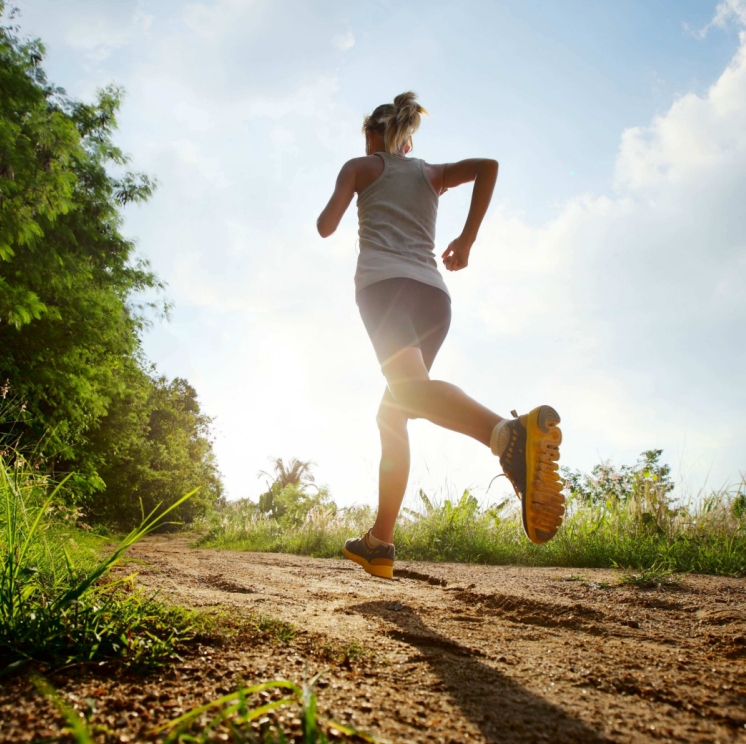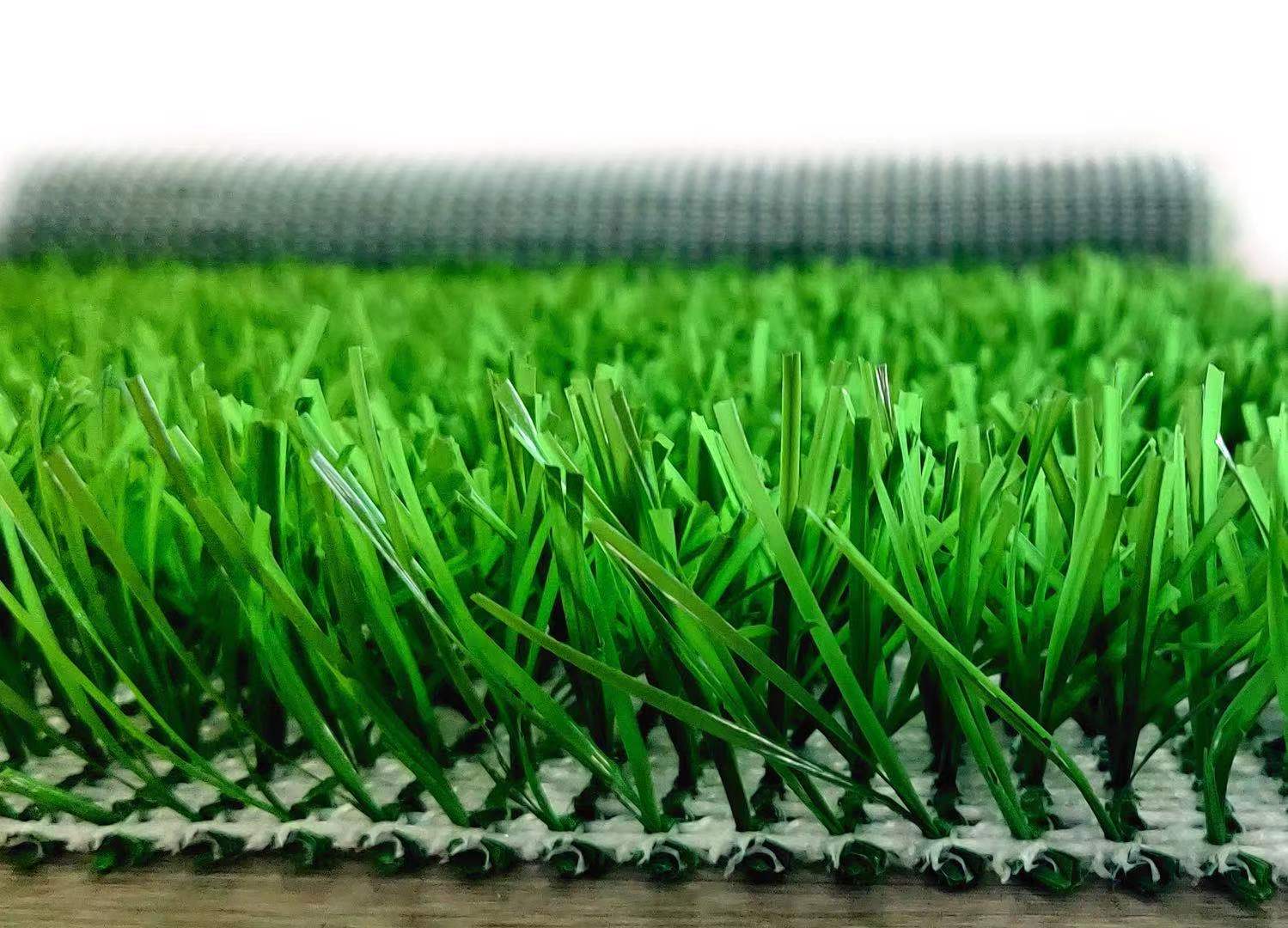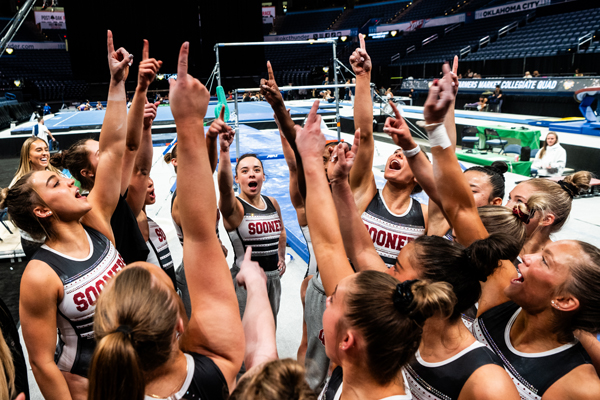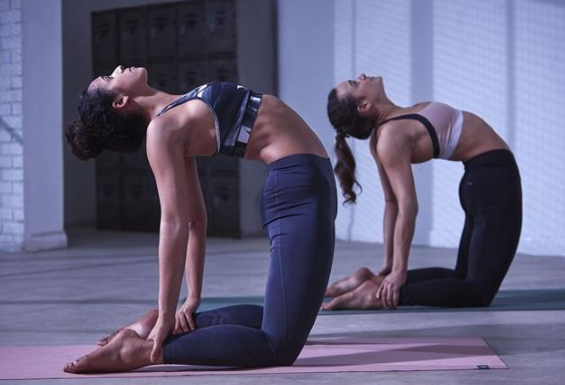Product
Best way to clean yoga mat
Basic Info
Method for cleaning yoga mats:
Tools:
Detergent, towel, basin or other water container, clean waterSteps:
1. Put water in a basin, add an appropriate amount of detergent, and stir well.2. Put the towel into the basin, wet it and wring it dry.
3. Wipe the yoga mat with a towel and remove any dirt from the mat.
4. Replace the basin with clean water and wash the towel with clean water. Then use a felt towel to wipe the yoga mat and wipe off the detergent on the mat. At this point, the yoga mat has been cleaned.
5. Finally, place the yoga mat in a well ventilated and cool place to dry. Do not expose it to direct sunlight as the mat may crack. After drying, pack it with a yoga mat strap or use it directly.
For all friends who enjoy practicing yoga, a yoga mat that fits your eyes, feels good, is non slip and skin friendly is essential!
What is a good yoga mat? I believe everyone has their own standards. After practicing yoga for so many years, I have actually used many yoga mats myself. Different materials and thicknesses are used to choose suitable yoga mats according to different occasions and needs.
There are many types of materials for yoga mats, from the earliest PVC foam and TPE foam yoga mats to rubber yoga mats, linen yoga mats, etc., which indirectly reflect people's demand for environmentally friendly and healthy materials.
The mainstream and most popular choice now is natural rubber yoga mats. This type of yoga mat not only has a soft and elastic touch, good pressure resistance, and high rebound force, but also receives even force during practice, making our practice smoother and providing protection for the body.
In addition to environmental protection and health, the second criterion is to consider the production process of yoga mats. Many people don't pay much attention to how yoga mats are made when buying them, but in fact, the manufacturing process determines the quality and texture of the mat. That's why both natural rubber yoga mats cost 100 yuan and 1000 yuan. There are significant differences in machine equipment, material formulations, and process flow.
Simply put:
Refining, in order to improve the plasticity of natural rubber;
Mixing, in fact, is an exclusive formula. In order to meet the needs of yoga practice, some additives are added to improve the performance;
Forming is the process of using machines to pre make the required size and style, and there are several methods of forming, which will not be introduced here;
Speaking of vulcanization, I have to introduce a person to you, Charles Goodyear. "Vulcanized rubber" is his accidental invention. Interested friends can search and learn more. Vulcanization is one of the most important processes in rubber processing, and the vulcanized rubber becomes more elastic. The vulcanization of natural rubber yoga mats generally uses high-end non-toxic and pure natural vulcanizing agents.
So a good yoga mat has strict requirements and controls in terms of craftsmanship, formula, and other details.
To extend the service life of yoga mats, it is necessary to know what natural rubber yoga mats are most afraid of:
Natural rubber yoga mats are prone to hardening and losing elasticity in excessively cold temperatures, making them prone to cracking.
When exposed to excessively hot environments, it accelerates the oxidation reaction of rubber pads, which is the most common aging phenomenon of rubber.
When ultraviolet radiation affects the molecular chains inside rubber under strong light, it accelerates oxidation and can also lead to network cracks on the rubber surface.
So, in daily protection, yoga mats should pay attention to:
If there is heating in winter, natural rubber yoga mats should avoid prolonged contact with heat sources such as underfloor heating and stoves;
Avoid exposure to direct sunlight and prolonged exposure to humid environments.
So during practice, the skin sweats and produces oil, which can also accelerate the aging of the rubber mat. Therefore, after using the mat, it is necessary to clean and maintain the yoga mat. The specific methods will be explained in detail below.
So natural rubber mats are afraid of water, can't we use water when cleaning yoga mats? In fact, this is a matter of degree and method, even if not placed there, it will naturally age. However, by using the correct maintenance methods, the service life of the cushion can be increased.
Method:Use a dry cloth or disposable cotton face towel, soak it in water, wring out the water by hand, and then wipe off the dust and dandruff along the short edge of the cushion. If there is a lot of dust on the cushion, it can be wiped multiple times.
Then lay it flat in a cool and ventilated place and let it air dry naturally.
Method:Prepare a 500ml glass of water, 75% medical alcohol, and lemon.
It is recommended to use water at room temperature and add 2 drops of alcohol and 2 drops of lemon juice to the water. Alcohol has a bactericidal effect, and lemon juice is a natural cleaning aromatic agent that has a certain cleaning effect. (Many yoga mat cleansers contain citric acid, and lemon juice contains citric acid.)
2. Soak a disposable pure cotton face towel in the mixture on top, wring out the water by hand, and then clean from top to bottom along the short edge of the cushion. It can also be repeated a few times.
Then lay it flat in a cool and ventilated place and let it air dry naturally.
After each use of the yoga mat, it is necessary to clean it with dust removal;
If used frequently, perform sterilization cleaning once a week or every two weeks;
Lemon juice doesn't need to be too much, 1-2 drops are enough;
If you don't like the taste of lemon juice, you can skip it or use other citrus fruits instead;
After the second step is completed, you can also repeat the first step and wipe with clean water;
Both sides need to be cleaned using the same method.
When rolling a yoga mat, the front should be facing outward. If rolled inward, there will be wrinkles when used again.
2. Roll up the mat with both hands from the wide edge
3. Ensure neat edges and prevent wrinkles
4. Completed, placed flat or upright
LDK sports equipment manufacturer's promotion is in progress: Click to contact us now
What is a good yoga mat? I believe everyone has their own standards. After practicing yoga for so many years, I have actually used many yoga mats myself. Different materials and thicknesses are used to choose suitable yoga mats according to different occasions and needs.
1、 The standard for a good yoga mat
In the eyes of the girl, the first criterion for a good yoga mat is that the material should be environmentally friendly. When practicing yoga, all parts of the body and skin are in close contact with the mat, so of course, we need the material of the mat to be environmentally friendly and healthy.There are many types of materials for yoga mats, from the earliest PVC foam and TPE foam yoga mats to rubber yoga mats, linen yoga mats, etc., which indirectly reflect people's demand for environmentally friendly and healthy materials.
The mainstream and most popular choice now is natural rubber yoga mats. This type of yoga mat not only has a soft and elastic touch, good pressure resistance, and high rebound force, but also receives even force during practice, making our practice smoother and providing protection for the body.
In addition to environmental protection and health, the second criterion is to consider the production process of yoga mats. Many people don't pay much attention to how yoga mats are made when buying them, but in fact, the manufacturing process determines the quality and texture of the mat. That's why both natural rubber yoga mats cost 100 yuan and 1000 yuan. There are significant differences in machine equipment, material formulations, and process flow.
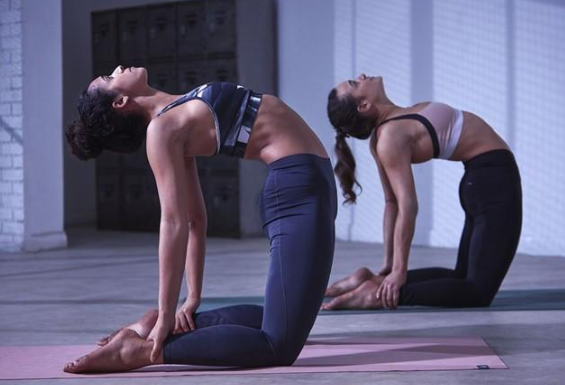
Simply put:
Refining, in order to improve the plasticity of natural rubber;
Mixing, in fact, is an exclusive formula. In order to meet the needs of yoga practice, some additives are added to improve the performance;
Forming is the process of using machines to pre make the required size and style, and there are several methods of forming, which will not be introduced here;
Speaking of vulcanization, I have to introduce a person to you, Charles Goodyear. "Vulcanized rubber" is his accidental invention. Interested friends can search and learn more. Vulcanization is one of the most important processes in rubber processing, and the vulcanized rubber becomes more elastic. The vulcanization of natural rubber yoga mats generally uses high-end non-toxic and pure natural vulcanizing agents.
So a good yoga mat has strict requirements and controls in terms of craftsmanship, formula, and other details.
2、 How to maintain natural rubber yoga mats
Many people have this situation where natural rubber pads become hard, slip resistant, or even crack when used. These are actually signs of rubber aging. So how do we maintain and prevent the aging of rubber yoga mats when we use them in our daily lives?To extend the service life of yoga mats, it is necessary to know what natural rubber yoga mats are most afraid of:
(1). Fear of cold, heat, and light
I have no choice but to find a way to take care of what I bought with my own money.Natural rubber yoga mats are prone to hardening and losing elasticity in excessively cold temperatures, making them prone to cracking.
When exposed to excessively hot environments, it accelerates the oxidation reaction of rubber pads, which is the most common aging phenomenon of rubber.
When ultraviolet radiation affects the molecular chains inside rubber under strong light, it accelerates oxidation and can also lead to network cracks on the rubber surface.
So, in daily protection, yoga mats should pay attention to:
If there is heating in winter, natural rubber yoga mats should avoid prolonged contact with heat sources such as underfloor heating and stoves;
Avoid exposure to direct sunlight and prolonged exposure to humid environments.
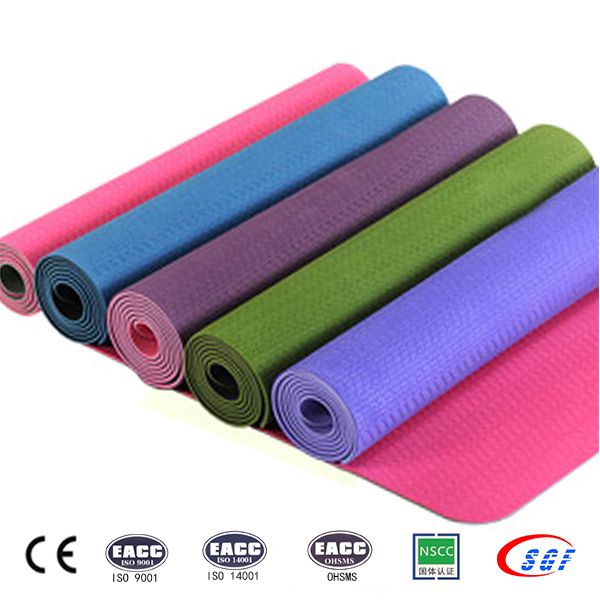
(2). Afraid of oil
Oil substances can penetrate into the interior of rubber, causing changes in the network structure of vulcanized rubber inside, resulting in swelling, reducing the strength of rubber, and accelerating rubber aging. So, when caring for natural rubber yoga mats, it is prohibited to use any oily care or maintenance fluids.So during practice, the skin sweats and produces oil, which can also accelerate the aging of the rubber mat. Therefore, after using the mat, it is necessary to clean and maintain the yoga mat. The specific methods will be explained in detail below.
(3). Afraid of water
I have seen people who directly put rubber yoga mats under the faucet for cleaning. If you are the same, please be merciful! Soaking in water or prolonged exposure to humid environments can easily dissolve, hydrolyze, or absorb certain components of rubber. If soaked in water and then exposed to air, repeating this step repeatedly is equivalent to accelerating rubber damage.So natural rubber mats are afraid of water, can't we use water when cleaning yoga mats? In fact, this is a matter of degree and method, even if not placed there, it will naturally age. However, by using the correct maintenance methods, the service life of the cushion can be increased.

3、 Cleaning methods for natural rubber yoga mats
When practicing yoga, whether we are standing, sitting, or lying down, there will be direct contact between our body's skin and the yoga mat. In addition, after a class, sweat continuously drips onto the yoga mat, which can inevitably breed bacteria for a long time. So, the cleanliness of yoga mats is very important. To clean a yoga mat, the first thing is to be clean, and secondly, it will not corrode or accelerate rubber aging, affecting elasticity and slip resistance. So simple cleaning steps, combined with pure physical cleaning methods, can better protect your yoga mat.Step 1: Dust removal - dust and dandruff
Dust, hair, dandruff, and other debris on yoga mats are the first step in cleaning yoga mats.Method:Use a dry cloth or disposable cotton face towel, soak it in water, wring out the water by hand, and then wipe off the dust and dandruff along the short edge of the cushion. If there is a lot of dust on the cushion, it can be wiped multiple times.
Then lay it flat in a cool and ventilated place and let it air dry naturally.
Step 2: Sterilization - Microbiology
When practicing yoga, it is inevitable that the body will sweat and oil, and sweat will drip onto the yoga mat. Sweat itself does not contain bacteria, but sweat and sebum can provide nutrients for bacteria. Therefore, regular sterilization and cleaning are necessary.Method:Prepare a 500ml glass of water, 75% medical alcohol, and lemon.
It is recommended to use water at room temperature and add 2 drops of alcohol and 2 drops of lemon juice to the water. Alcohol has a bactericidal effect, and lemon juice is a natural cleaning aromatic agent that has a certain cleaning effect. (Many yoga mat cleansers contain citric acid, and lemon juice contains citric acid.)

There are two methods for cleaning the mat:
1. Fill the mixture with a spray can and spray it evenly onto the yoga mat. Wipe it clean with a dry cotton face towel. Repeat a few times.2. Soak a disposable pure cotton face towel in the mixture on top, wring out the water by hand, and then clean from top to bottom along the short edge of the cushion. It can also be repeated a few times.
Then lay it flat in a cool and ventilated place and let it air dry naturally.
Matters needing attention:
Remember not to expose it to direct sunlight;After each use of the yoga mat, it is necessary to clean it with dust removal;
If used frequently, perform sterilization cleaning once a week or every two weeks;
Lemon juice doesn't need to be too much, 1-2 drops are enough;
If you don't like the taste of lemon juice, you can skip it or use other citrus fruits instead;
After the second step is completed, you can also repeat the first step and wipe with clean water;
Both sides need to be cleaned using the same method.
If you find it troublesome, you can also choose a cleaning solution, but it is best to choose a neutral cleaning solution. When using cleaning solution, everyone should first check the formula to avoid corrosion of the rubber pad and reduce its service life.

More LDK Gymnastics Mat Products
About Storage and Use
After cleaning and drying, lay the yoga mat flat or roll it up for storage. Be sure to avoid folding to prevent creases.When rolling a yoga mat, the front should be facing outward. If rolled inward, there will be wrinkles when used again.
The specific storage method is as follows:
1. When storing, keep the front facing outward2. Roll up the mat with both hands from the wide edge
3. Ensure neat edges and prevent wrinkles
4. Completed, placed flat or upright
Special note:
Avoid placing other heavy objects on the yoga mat, which may affect its use and accelerate the mechanical aging of the rubber;When using yoga mats outdoors, try to avoid rocky or sandy surfaces as they can easily damage the rubber mats.
LDK sports equipment manufacturer's promotion is in progress: Click to contact us now






